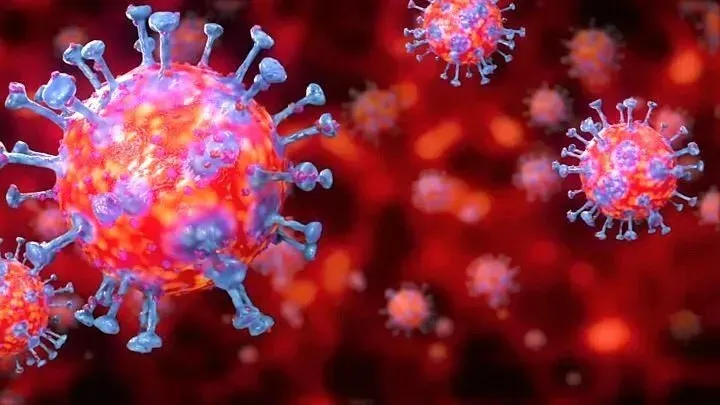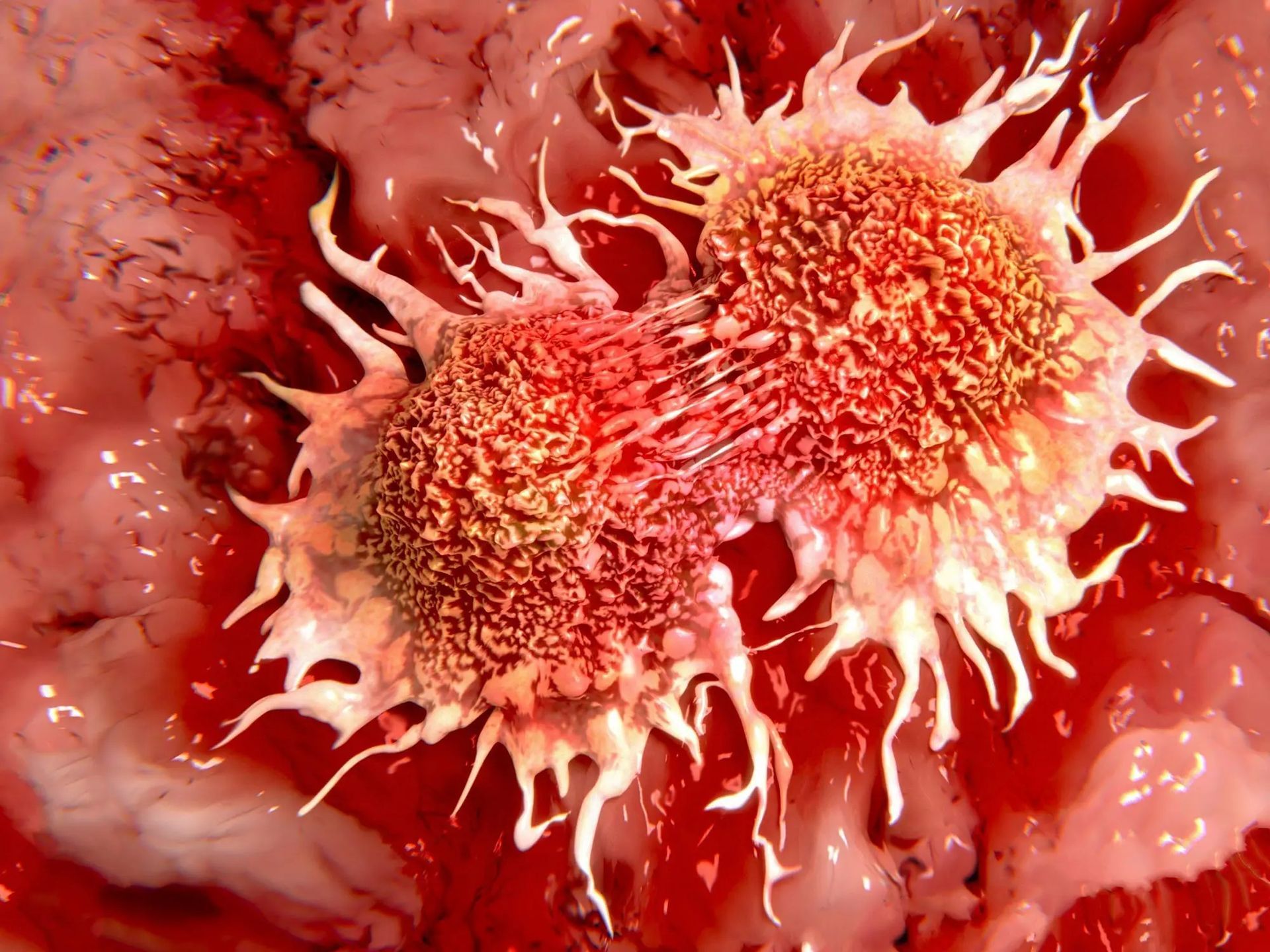(Abstract)
Shootings in academic settings are associated with the development of both posttraumatic growth (PTG) and posttraumatic stress (PTS) symptoms. Traumatic events can challenge an individual’s cognitive framework and contribute to the development of PTS and PTG. Intrusive rumination is thought to increase vulnerability to PTS symptoms, whereas deliberate rumination is likely to be associated with PTG. Literature that serves to distinguish the contextual and intraindividual predictors differentially leading to the development of PTS and PTG symptoms is limited. This cross-sectional study examined the relations between trauma proximity and posttraumatic outcomes as mediated by deliberate and intrusive ruminative responses to a university shooting. We hypothesize that: -
- physical and emotional proximity would exert distinct effects on posttraumatic outcomes,
- the effects of proximity on PTS would be mediated by intrusive rumination, and
- he effects of proximity on PTG would be mediated by deliberate rumination.
Method: Six hundred students, and staff who were exposed to a research campus shooting in Zurich (Switzerland) completed a series of questionnaires 120 days after the event.
Results: Emotional proximity was associated with PTS and PTG, whereas physical proximity was only associated with PTS. Of our four hypothesized mediation relationships, intrusive rumination mediated the relationship between physical proximity and PTS, and deliberate rumination mediated the relationship between emotional proximity and PTG.
Conclusions: These results suggest that physical and emotional proximity to a traumatic event uniquely contribute to the development of posttraumatic outcomes and that intrusive rumination promotes maladaptive outcomes, whereas deliberate rumination may promote adaptive outcomes.
Zdenko Kos, MSc MEc BScEcon(Hons) MBA
ITALIAN MEDICAL JOURNAL 2013


